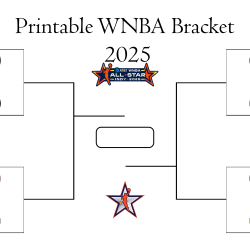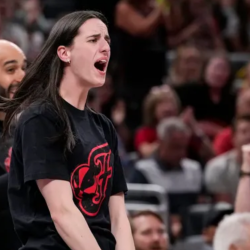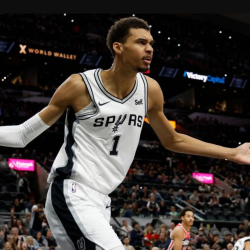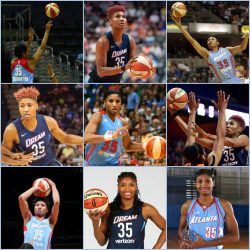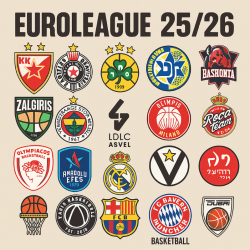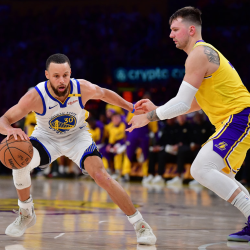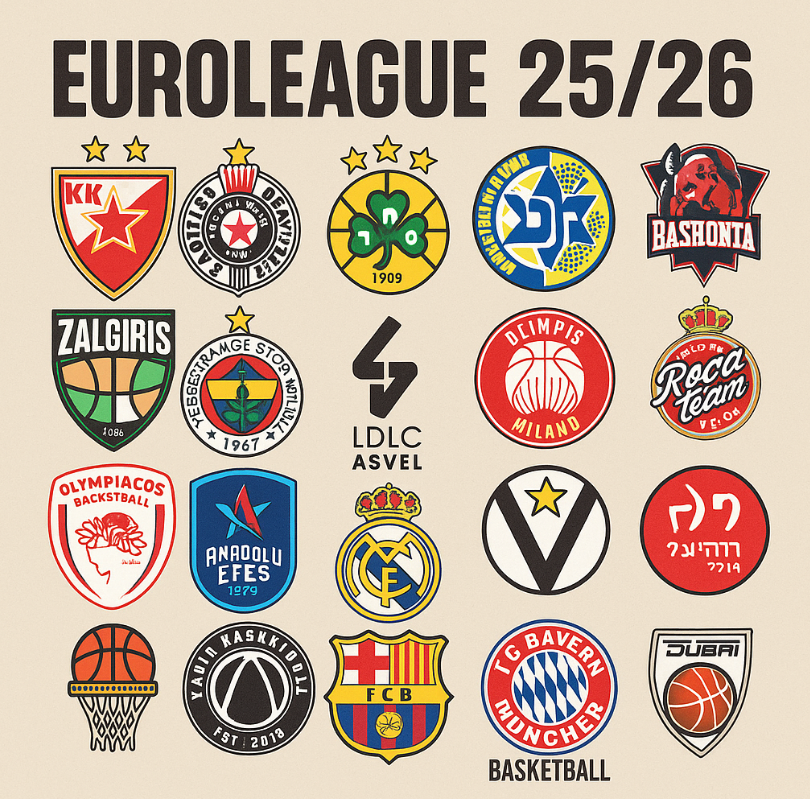
Just recently, new storylines have been added to the European club scene. Expansion is locked in, preseason storylines are spilling over into other countries, and top executives from the EuroLeague, the NBA, and FIBA are sitting at the same table more frequently. This results in more densely packed schedules, larger travel nights, and increased opportunities for cross-pollination between leagues that were previously perceived to be very different from one another.
EuroLeague expansion gets real
EuroLeague’s 2025–26 season is set to feature 20 teams, meaning more regular-season rounds, a wider travel map, and extra chances for new rivalries to ignite. The league has already published the core calendar framework and explained how the longer schedule will flow into its play-in and playoff stages. That’s not a cosmetic tweak; it’s more dates to circle and more nights where a single game swings tiebreakers in crowded standings.
A major storyline is the EuroLeague debut of Dubai Basketball Club, the first team from the Middle East. Their entry marks a historic expansion of the competition’s global footprint, bringing top-tier European basketball to a new audience and region. Dubai’s inclusion not only adds travel miles but also introduces a fresh market, modern facilities, and the potential for marquee matchups against traditional European powerhouses like Real Madrid and Fenerbahce. The move underscores EuroLeague’s ambition to become a truly global competition, blending tradition with innovation and expanding its fan base beyond Europe’s borders.
Curious how to follow the action with a bettor’s toolkit, or what “moneyline” and “parlay” actually mean in plain English? A clear, fan-friendly primer walks through the basics of lines, legal operators, and sign-up steps – explaining how to place sports bets – so the next Euro night or preseason showcase makes more sense from the odds board to the final buzzer. Use it as a reference, not a push to play, and always follow local rules where you live.
Executives keep meeting, and the topic isn’t small
Three days ago in Geneva, EuroLeague leadership met again with NBA and FIBA brass to continue talks on closer cooperation—including the exploratory “NBA Europe” concept that has fans guessing about formats, calendars, and club participation. No final blueprint yet, but the cadence of meetings has picked up, and all parties are publicly acknowledging the discussions. That alone marks a shift from the siloed approach of a few years ago.
What would matter most for supporters? Scheduling that reduces collisions with international windows, clearer pathways for top clubs to test themselves against NBA-adjacent competition, and a commercial model that protects domestic leagues while lifting the marquee nights everyone wants to watch. None of that is trivial, but the fact it is being debated in the open is newsworthy by itself.
Preseason proves the cross-border appetite
October delivered another round of international exhibitions and overseas dates, underscoring how global the early calendar has become. The NBA’s Abu Dhabi games again packed Etihad Arena at the start of the month, a now-annual checkpoint that shows how much demand exists for elite basketball outside North America before the regular season even starts.
Meanwhile, the churn of friendlies and tours—NBA vs. international clubs, select squads visiting Europe, and EuroLeague sides fine-tuning rosters—keeps serving up small tests that often reveal more than scorelines suggest. Coaches use these games to trial rotations and late-clock sets; scouts watch how new imports handle pressure; fans get a first look at rookie speed against grown-man contact. The cumulative effect is a longer runway into meaningful games.
What expansion changes on the floor
Twenty teams change the rhythm. With 38 regular-season rounds instead of 34, depth matters more, travel planning gets tighter, and injury management becomes a season-long puzzle. Coaches who can bank minutes early—without giving away wins—will arrive fresher in April. Front offices that kept a reliable ninth and tenth man will feel smarter by February. Upsets, already a EuroLeague specialty, become even more plausible when back-to-backs stack and teams hit unfamiliar gyms midweek.
There’s also the storytelling upside. Two extra clubs mean two fanbases gaining access to the continent’s brightest nights, plus more local derbies and regional subplots. If you care about the sport’s footprint, those incremental seats filled on cold weeknights are the foundation that supports the Final Four glow.
A single, authoritative schedule link you’ll want handy
If you track fixtures or plan travel around big games, bookmark the league’s own calendar announcement and updates. It lays out the round structure, the play-in showdown, and playoff sequencing in one place, with official changes posted first. That’s the most reliable hub to check when broadcast slots shift or a round gets compressed by continental obligations.
Keep an eye on this page for further developments as it won’t be long before the headlines begin to roll out if the executive meetings produce concrete formats or if additional expansion ripples into domestic leagues. Keep this tab open for ongoing coverage, roster moves, and analysis across a variety of basketball leagues, including the NBA, EuroLeague, FIBA, and more.



